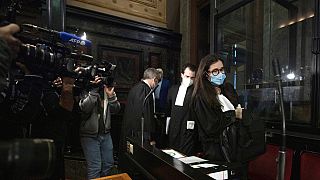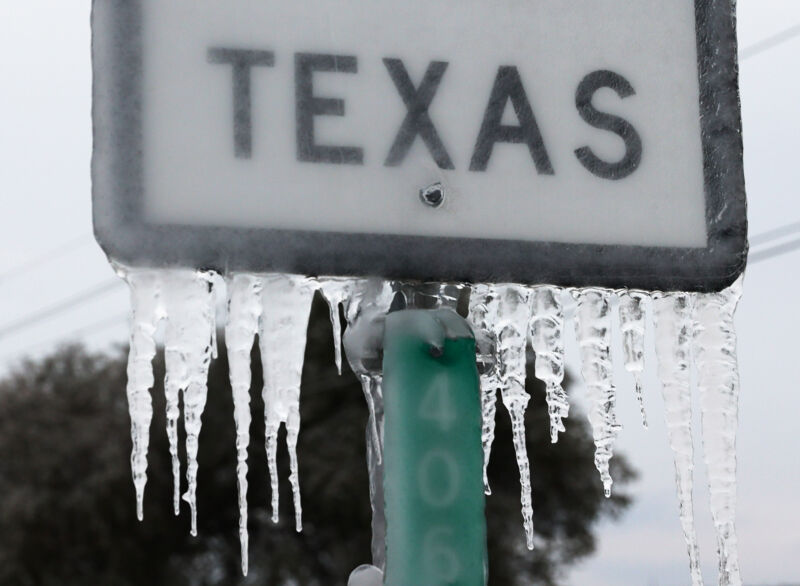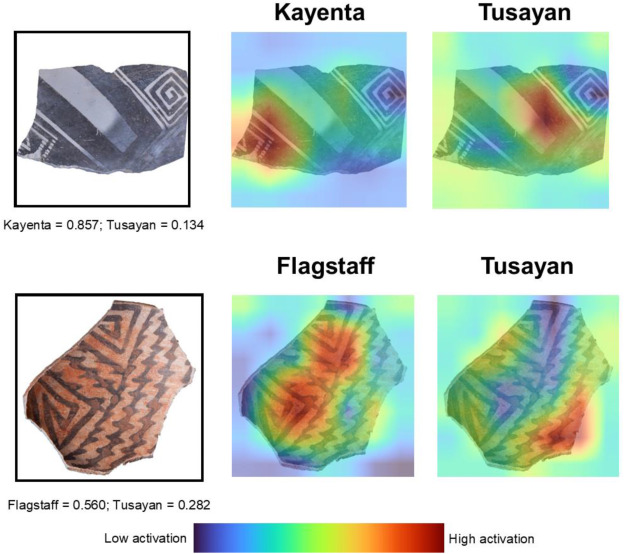Former Boris Johnson aide gives scathing testimony on U.K.'s early COVID response
Zachary Basu
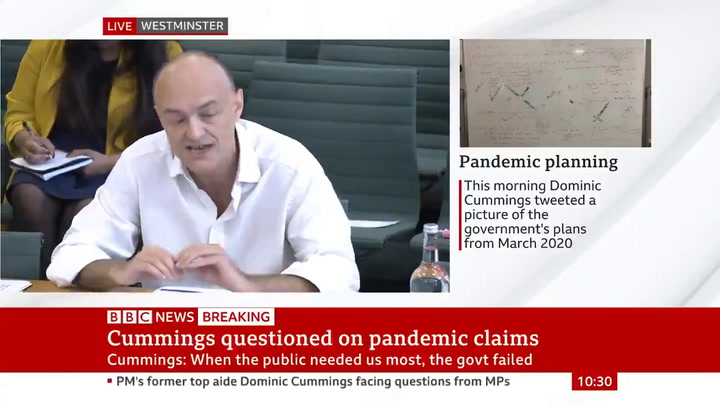
VIDEO Former Boris Johnson aide gives scathing testimony on U.K.'s early COVID response - Axios
Why it matters:
Cummings has poor public approval and trust ratings — especially after he was accused of breaking the U.K.'s strict COVID lockdown rules last year — but his role as the most powerful aide in Downing Street gave him unique insight into the government's early pandemic response.
The U.K. was one of the worst-hit countries in Europe, both in terms of coronavirus death toll and economic damage, but a world-leading vaccine rollout has brought the country back to the brink of normality.
Highlights:
Cummings testified that in February 2020, Johnson viewed COVID-19 as a "scare story" and suggested that he could have England's chief medical officer inject him with the virus on live television to reassure the public.
Herd immunity — either in September 2020 after a single peak or January 2021 after a second peak — was viewed by the U.K. government as an "inevitability" up until mid-March, Cummings testified. He claimed that the U.K.'s top civil servant even advocated for "chicken pox parties" to get people infected. Downing Street has denied that purposely aiming for herd immunity, which would have resulted in mass death, was ever government policy.
Cummings testified that on March 13, a health department official went to him and said: "I have been told for years there was a plan for this. There is no plan. We are in huge trouble. I think we are absolutely f**ked. I think we are heading for disaster. We are going to kill thousands of people."
Cummings said that Health Secretary Matt Hancock "should have been fired for at least 15, 20 things, including lying to everybody on multiple occasions in meeting after meeting in the Cabinet room and publicly." He said he relayed that opinion to Johnson multiple times.
Cummings later claimed that Hancock had "categorically" assured Johnson that people would be tested for COVID-19 before being discharged from hospitals into nursing homes, but that this didn't happen: "Quite the opposite of putting a shield around them, we sent people with COVID back to care homes with COVID."
In the sixth hour of his testimony, Cummings confirmed a bombshell BBC report that Johnson privately said last October — after agreeing to a second lockdown — that he'd rather see "bodies pile high" than take the country into a third lockdown. Johnson told Parliament last month that the report was "total, total rubbish."
The other side:
Dominic Cummings has been speaking to MPs about the UK government's handling of Covid-19.
The former chief aide said Boris Johnson had initially dismissed Covid as a "scare story" and the UK had been too slow to lock down.
Mr Johnson hit back at some of his allegations, insisting that the government's priority had always been to "save lives".
Mr Cummings also suggested that Health Secretary Matt Hancock should have been sacked for numerous failings, accusing him of "lying" to people.
A spokesman for Mr Hancock said: “We absolutely reject Mr Cummings' claims about the health secretary."
Dominic Cummings: Thousands died needlessly after Covid mistakes
The PM's former top aide said Boris Johnson was "unfit for the job", claiming he had ignored scientific advice and wrongly delayed lockdowns.
He also claimed Matt Hancock should have been fired for lying - something denied by the health secretary.
"Tens of thousands of people died, who didn't need to die," Mr Cummings added.
At a marathon seven hour evidence session, the former Downing Street insider painted a picture of policy failure, dithering and a government that had no useful plan for handling a pandemic.
He told MPs: "The truth is that senior ministers, senior officials, senior advisers like me fell disastrously short of the standards that the public has a right to expect of its government in a crisis like this."
He added: "I would like to say to all the families of those who died unnecessarily how sorry I am for the mistakes that were made and for my own mistakes at that."
Mr Cummings - who was forced out of Number 10 at the end of last year after an internal power struggle - said those on the front line of the pandemic were like "lions" being "led by donkeys".
But he claimed Mr Johnson had told him he liked to be surrounded by "chaos" in Downing Street, because it meant everyone had to look to the PM "to see who is in charge".
Asked if he thought Mr Johnson was a "fit and proper person" to get the UK through the pandemic, Mr Cummings replied: "No."
Mr Johnson hit back at some of his former aide's allegations at Prime Minister's Questions, insisting that the government's priority had always been to "save lives".
But Mr Cummings said that despite nearly losing his own life to Covid, the PM thought the first national lockdown, on 23 March last year, had been a mistake - and he was against a so-called "circuit breaker" lockdown in autumn 2020 for economic reasons, despite scientific advice.
Asked on what basis the PM had taken this decision, Mr Cummings said: "He wasn't taking any advice, he was just taking his own decision that he was going to ignore the advice."
He added: "The cabinet wasn't involved or asked."
Asked if the prime minister had said he would rather see "bodies pile high" than take the country into a third lockdown, as reported by the BBC, Mr Cummings said: "I heard that in the prime minister's study."
Mr Johnson has denied making these comments.
Hancock allegations
The former adviser reserved his most savage criticism for Matt Hancock, claiming the health secretary should have been fired for "15 to 20" different things - accusing him of "criminal, disgraceful behaviour that caused serious harm".
He said he had repeatedly called on Mr Johnson to sack Mr Hancock, calling him "completely incapable of doing the job".
The prime minister had been furious when he came back to work after recovering from coronavirus to find that untested patients had been discharged to care homes in England, thereby allowing the virus to spread, Mr Cummings claimed.
Both he and the PM had been told "categorically in March that people will be tested before they went back to care homes".
Subsequent government claims about putting a "shield" around care homes were "complete nonsense", he said.
Mr Cummings also attacked Mr Hancock over PPE shortages, and accused him of "disgraceful behaviour" in setting a "stupid" target of offering 100,000 Covid tests a day, which he said had disrupted wider work to establish the test and trace system.
Committee chairman Greg Clark said Mr Cummings must provide written evidence to back up his claims about Mr Hancock, who will be quizzed by the MPs in two weeks' time.
Mr Hancock said he had not seen Mr Cummings' evidence in full adding "instead I've been dealing with getting the vaccination rollout going, especially to over-30s, and saving lives".
However he added that he would have "more to say" when he gives a statement to the House of Commons on Thursday.
Earlier, a spokesman for Mr Hancock said: "We absolutely reject Mr Cummings' claims about the health secretary.
"The health secretary will continue to work closely with the prime minister to deliver the vaccine rollout, tackle the risks posed by variants and support the NHS and social care sector to recover from this pandemic."
Labour's shadow health secretary Jonathan Ashworth said the "very grave allegations" appeared to be "well-founded" and the health secretary "needs to give us an explanation" if the country is to "maintain confidence in him".
Further claims
In other explosive claims, Mr Cummings said:
- Mr Johnson initially thought Covid-19 was just a "scare story" and the "new swine flu"
- The PM had offered to "get (Chief Medical Officer) Chris Whitty to inject me live on TV" to show there was nothing to fear from the virus
- Mr Johnson had never wanted tougher border controls to prevent the spread of the virus, as he wanted to be like the mayor in film Jaws, who kept beaches open despite the threat of a killer shark
Mr Cummings was questioned by the Health and Science select committees, for their inquiry into "lessons learnt" on the government's response to the pandemic.
Before the hearing began, he tweeted a picture of a whiteboard on which the government's "plan B" for the first wave of the virus was sketched out.
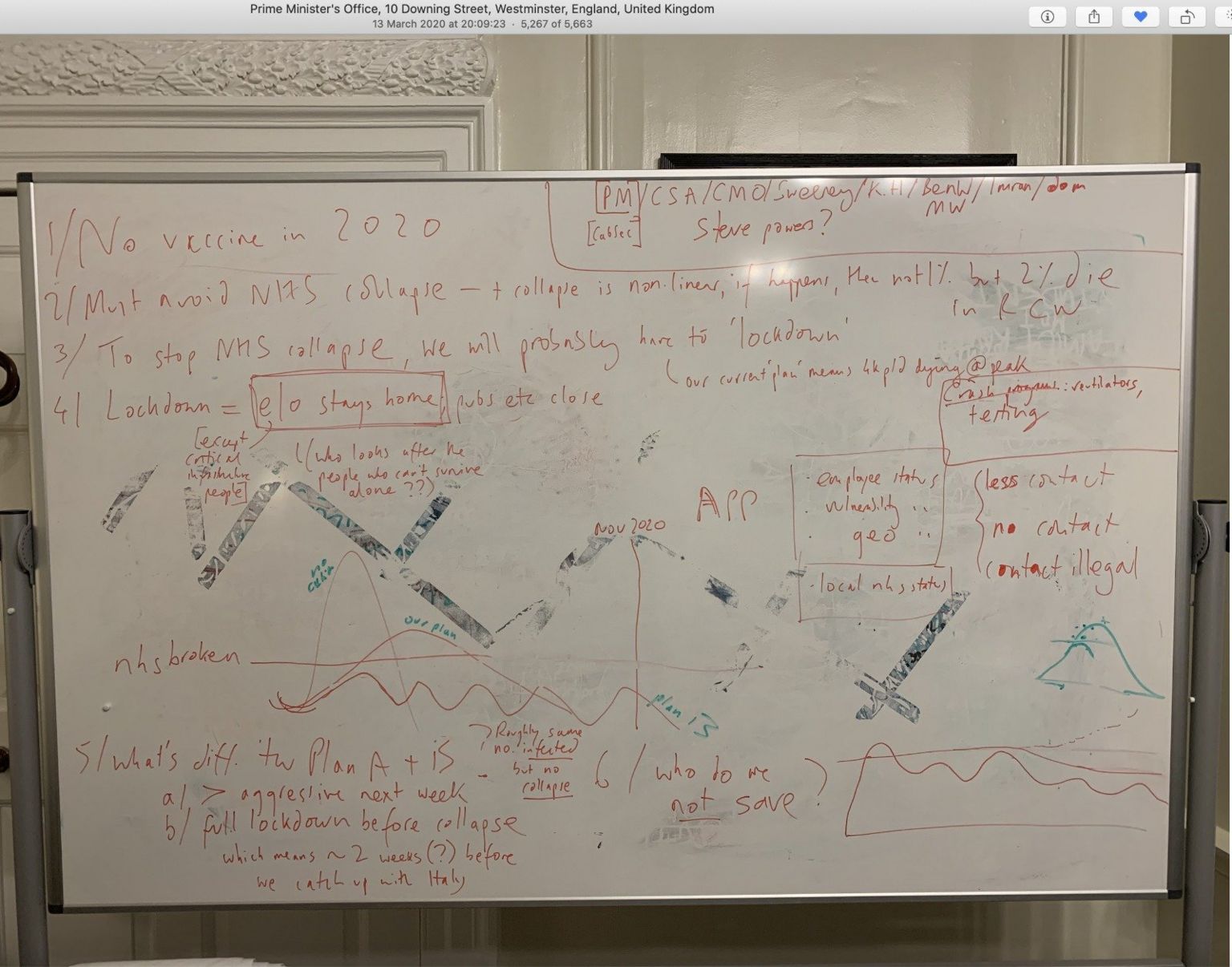
He told the MPs the original plan had been for limited intervention, with the hope of achieving "herd immunity", and he was "completely baffled" by Downing Street's denial of this.
He said the herd immunity strategy was abandoned when the scale of the death toll that would result from it became clear.
Barnard Castle
Mr Cummings was frank about some of his own failings - and admitted that his defence of a trip to County Durham during the first lockdown had "undermined public confidence".
But he said he had made the journey due to threats against his family - and he defended his claim that he had driven his family to Barnard Castle to test his eyesight, saying the story was too "weird" to have been made up.
He also gave his version of his departure from Downing Street, saying his relationship with Mr Johnson had broken down after the second national lockdown in October.
"The fact that his girlfriend (Carrie Symonds) also wanted rid of me was relevant but not the heart of the problem," he told MPs.
He said he regarded Mr Johnson as "unfit for the job" and that he had been "trying to create a structure around him (the PM) to try and stop what I thought were extremely bad decisions and push other things through against his wishes".
He also described how a meeting of the government's emergency Cobra committee on 12 March had been disrupted by US President Donald Trump wanting to start a "bombing campaign" against Iraq.
'Save lives'
At the same time, he added, Mr Johnson's partner Carrie Symonds was "going crackers" about a "completely trivial" story in the Times regarding the dog she co-owned with the prime minister.
Responding to Mr Cummings' evidence, Labour's deputy leader Angela Rayner said: "Boris Johnson's casual disregard for the safety of the British people has had fatal consequences.
"From care homes to borders, repeatedly locking down too late and failing to learn from his mistakes, the PM's decisions and failures resulted in tens of thousands of avoidable deaths."
Speaking at Prime Minister's Questions, Mr Johnson told MPs: "The handling of this pandemic has been one of the most difficult things this country has had to do for a very long time and none of the decisions have been easy," he said.
"To go into a lockdown is a traumatic thing for a country, to deal with a pandemic on this scale has been appallingly difficult, and we have at every stage tried to minimise loss of life, to save lives, to protect the NHS and we have followed the best scientific advice that we can."
He added that he had not seen Mr Cummings' evidence to the select committee.
Conservative MP Tobias Ellwood defended the prime minister, saying that ministers should be free to speak their minds and even ask "silly questions" without "fear that one day they may be quoted or misquoted back to you".
"That completely diminishes the competence of the No 10 machine," he told BBC Radio 5 Live.
More than 127,000 people diagnosed with coronavirus have died in the UK since the start of the pandemic.
BBC

